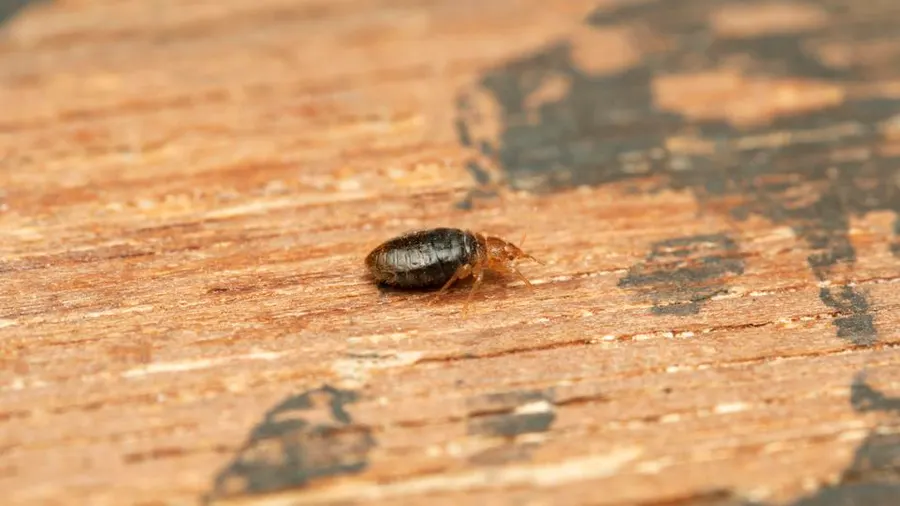Unveiling the Shadows: Effective Strategies for Finding Bed Bugs During the Day
The thought of bed bugs lurking in the shadows of your home can be unsettling. While these nocturnal insects typically feed on human blood at night, their presence can be a cause for concern around the clock. But how do you find these elusive critters during the day? This guide explores various methods for detecting bed bugs, even when they’re not actively feeding.
Beyond the Bump in the Night: Why Daytime Detection Matters
While bed bugs are most active at night, finding them during the day offers several advantages:
- Thorough Inspection: Daytime allows for a more meticulous examination of potential hiding spots without the disruption of nighttime activities.
- Unearthing Evidence: Even if you don’t spot live bed bugs, daytime inspections can help you identify signs of their presence, such as shed skins or fecal matter.
- Early Intervention: Prompt detection of an infestation allows for quicker treatment and minimizes the risk of a larger problem developing.
Shining a Light on the Enemy: Essential Tools for Daytime Detection
Since bed bugs are adept at hiding in small crevices, equipping yourself with the right tools is crucial for daytime detection. Here’s what you’ll need:
- Flashlight: A bright flashlight is essential for illuminating dark corners and cracks where bed bugs might be hiding.
- Magnifying Glass: A magnifying glass can help you identify the telltale characteristics of bed bugs, especially in their early life stages (eggs and nymphs).
- Sturdy Credit Card: The thin edge of a credit card can be helpful for probing into tight spaces and dislodging bed bugs hiding in crevices.
Following the Trail: Prime Real Estate for Bed Bugs
Knowing where bed bugs prefer to dwell is key to effective daytime detection. These nocturnal creatures seek out dark, secluded areas close to their food source (humans!). Here are some common hiding spots to prioritize during your inspection:
- Mattress Seams and Tufts: Carefully examine the seams, folds, and tufts of your mattress for live bed bugs, shed skins, or fecal matter.
- Box Springs: Pay close attention to the cracks and crevices of your box spring, as this is a prime hiding spot for bed bugs.
- Headboards and Bed Frames: Inspect the framework of your bed, including the headboard, for signs of bed bugs.
- Behind Nightstands and Dressers: These areas provide convenient hiding spots close to your bed.
- Along Baseboards: Check for bed bugs or signs of their presence along the baseboards around your bedroom.
- Furniture Upholstery: Carefully inspect the seams, folds, and tufts of upholstered furniture near your bed.
- Luggage and Travel Bags: If you’ve recently traveled, examine your luggage and travel bags for bed bugs or signs of infestation.
Beyond the Naked Eye: Alternative Strategies for Daytime Detection
In addition to a visual inspection, here are some alternative methods to aid in daytime bed bug detection:
- Interceptors: Place bed bug interceptors (traps) under the legs of your bed. These traps can trap bed bugs attempting to climb onto your mattress to feed.
- Bedding Encasements: Encasing your mattress and box spring in special covers can trap bed bugs and make them easier to detect. Additionally, encasements can prevent further infestations.
When the Signs Speak Louder Than Words: Evidence of Bed Bugs During the Day
Even if you don’t find live bed bugs during your daytime inspection, keep an eye out for these telltale signs of their presence:
- Shed Skins: Bed bugs shed their skin as they grow. Look for small, brown, translucent casings in potential hiding spots.
- Fecal Matter: Bed bug droppings appear as small, dark brown or reddish spots, often resembling rust stains.
- Bloodstains: Tiny spots of blood on bedding or furniture can indicate that bed bugs have been feeding recently.
Taking Action: What to Do If You Find Bed Bugs
Discovering bed bugs in your home can be unsettling. However, the crucial step is to remain calm and take immediate action:
- Contact a Pest Control Professional: Don’t attempt to handle a bed bug infestation yourself. A licensed pest control professional has the expertise and tools necessary to eliminate the problem effectively.
- Wash Bedding and Clothes: Wash all bedding, clothes, and stuffed animals in hot water (at least 130°F or 54°C) and dry them on high heat to kill bed bugs and their eggs.
- Vacuum Thoroughly: Vacuum carpets, furniture, and baseboards, paying close attention to crevices where bed bugs might hide.






More Stories
Where to Watch USMNT vs Jamaica National Football Team
How I Met My Monster
How Should a Ring Fit